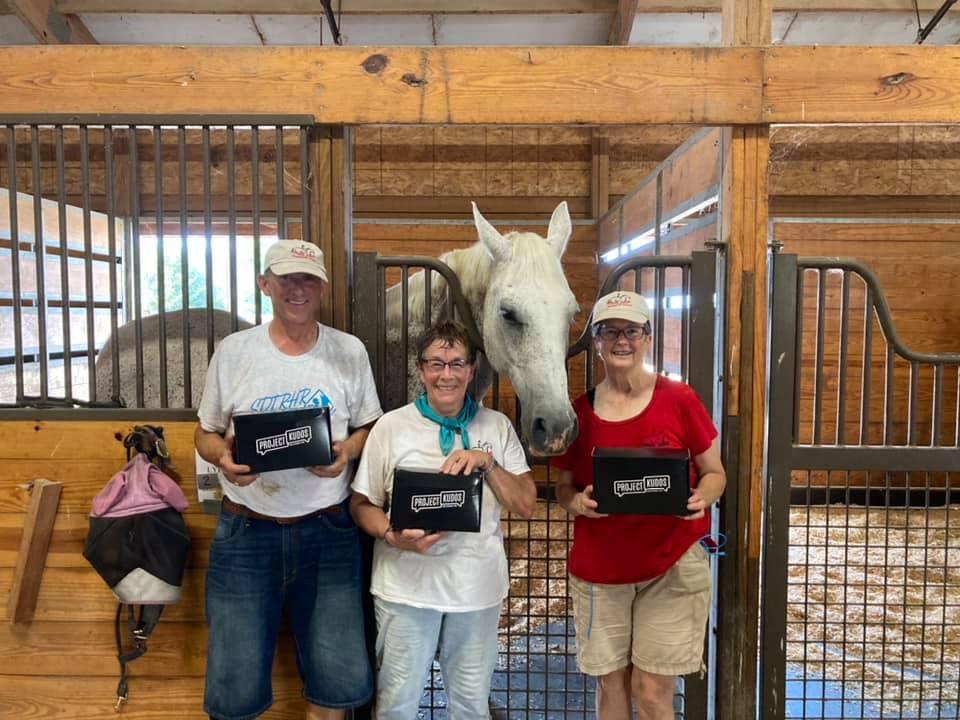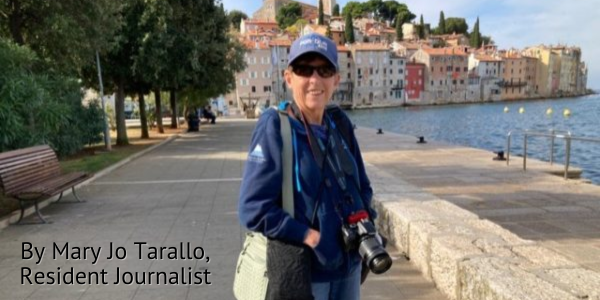How many of us as kids took horseback riding lessons or just wanted to ride a horse? I bet a lot. Riding a horse is also a proven therapy for those who suffer from a range of physical and mental issues.
Equine therapy, also known as equine- assisted therapy model or EAP, is a treatment that includes equine activities or an equine environment to promote physical, occupational, and emotional growth in persons with a myriad of afflictions from anxiety and depression to dementia, post-traumatic stress disorder (PTSD), according to sources available on the Internet.
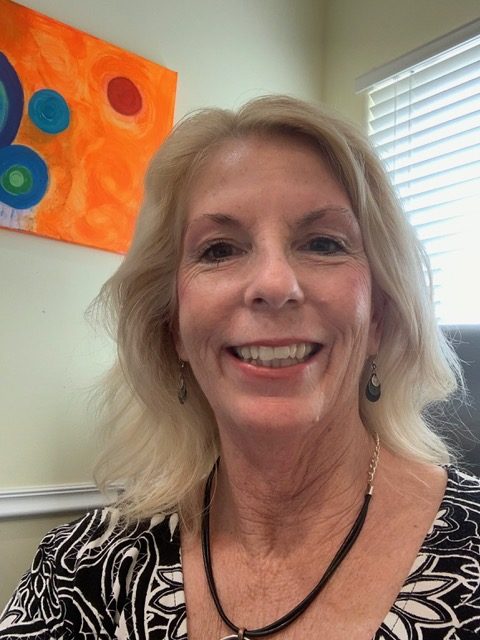
There are equine therapy facilities throughout the U.S. and Canada, and one is located on Harbeson Road just outside of the town of Milton. Southern Delaware Therapeutic Riding (SDTR) is an impressive example of how equine therapy works. “We have offered equine-assisted therapy sessions to children and adults with disabilities since 1988,” said new Executive Director Jo Allegro-Smith. “We relocated to our current therapeutic riding center in Milton in 2015.”
SDTR participants range in age from 4 to 75. The organization provides a wide range of equine therapy services for children and adults with intellectual disabilities, as well as physical disabilities to include cerebral palsy, head trauma, multiple sclerosis, and muscular dystrophy. Physical benefits include, but are not limited to, improved balance, muscle strength and coordination. Psychological benefits include improved self-confidence, independence, and freedom of movement without walkers or wheelchairs plus the opportunity to exercise in fresh air on a farm away from a clinical environment.
The organization currently has over 125 volunteers who assist with the horses and during lessons, according to Allegro-Smith. Comprehensive training is provided to all volunteers and differs depending on their volunteer role. Those roles include Horse Leader, Side Walker, Horse Care, Barn Care, as well as volunteers that assist with facility maintenance and special events. (Speaking of SPECIAL EVENTS–Save the Date for their 3rd Annual Holiday Market, Nov. 12th, 10am – 3pm

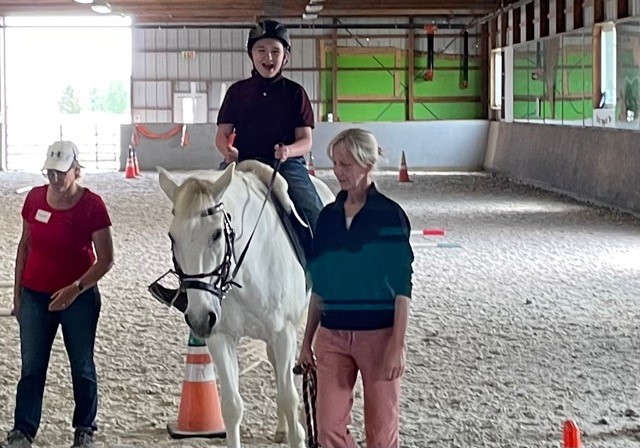
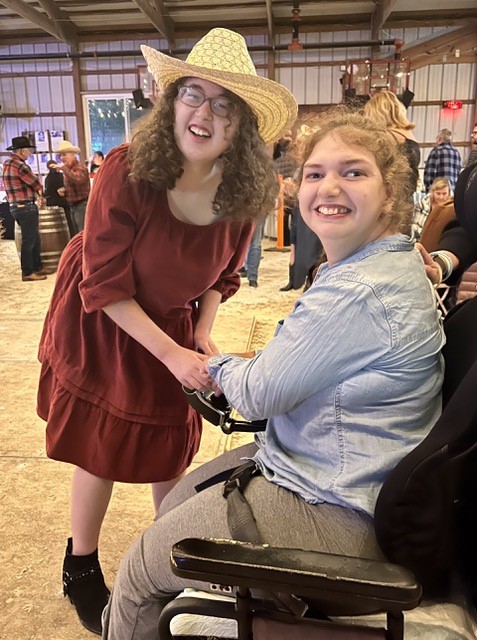
Allegro-Smith says that horses are carefully chosen and trained to work with new riders with special needs. The horses learn to remain calm during lessons yet retain their own unique personality. SDTR employs a horse training technique known as Natural Horsemanship. Natural Horsemanship is a philosophy of working with horses based on the horse’s natural instincts and methods of communication, and with the understanding that horses do not learn through fear or pain. It takes approximately 3 months of training for horses to be ready to safely work with our special population of riders.
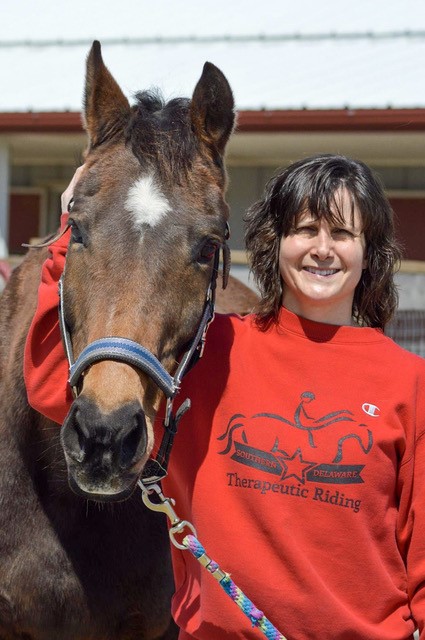
SDTR has a small staff with only two full time employees – Allegro-Smith and Program Director, Kelly Boyer, who has specific training in the area of equine therapy. She began volunteering with SDTR in 2002 and became a PATH (Professional Association of Therapeutic Horsemanship) certified instructor in 2004.
As Program Director, Boyer oversees all aspects of the therapeutic riding program. She provides guidance and support to participants, instructors, and volunteers to ensure the safe and successful implementation of the program. Boyer also manages the day-to-day operations of the barn.
She has a bachelor’s degree in Animal Science and Business Management from the University of Delaware. She previously worked for a nonprofit organization training service dogs for individuals with disabilities and has been involved with horse care, lessons and showing for over 30 years.
SDTR staff also includes two part-timers, a caretaker for the farm, and three Certified Therapeutic Riding Instructors (CTRIs). SDTR also has a very engaged Board of Directors who have been responsible for guiding and leading the organization.
Now that you know more about this unique local NPO–how can you get connected?

